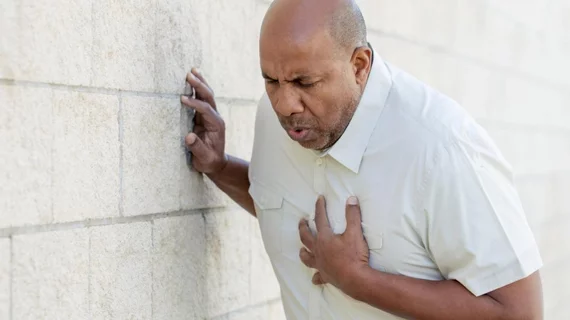Working long hours increases the likelihood of a second heart attack
When patients return to work after their first myocardial infarction (MI), new research out of Canada suggests they may have a heightened risk of recurrent coronary heart disease (CHD) events if they put in too many hours.
The analysis, published in the Journal of the American College of Cardiology, includes data from nearly 1,000 patients treated for their first MI from November 1995 to October 1997. All patients received care at one of 30 different hospitals in Quebec, Canada, and were under the age of 60.
Overall, 21.5% of patients tracked for this study did have a second MI. The team found that working more than 55 hours per week nearly doubles a patient’s odds of having a second CHD event when compared to working 35-40 hours per week.
“Looking at long working hours and job stressors was helpful in determining how hostile a working environment was and how much potential stress a participant could be under,” lead author Xavier Trudel, PhD, a researcher at The CHU de Quebec-Universite Laval Research Center in Canada, said in a prepared statement. “Once both factors are introduced, there’s a noticeable increase in the risk of recurrent coronary heart disease events.”
The authors also looked at how their findings could lead to future research focused on lowering the risk of recurrent CHD events.
“To reduce the risk of coronary heart disease recurrence, secondary prevention interventions aimed at reducing the number of working hours should be evaluated in future studies,” Trudel said. “Long working hours should be assessed as part of early and subsequent routine clinical follow-up to improve the prognosis of post-heart attack patients.”
Click here to read the full study.

